Should you buy a mirror dash cam?
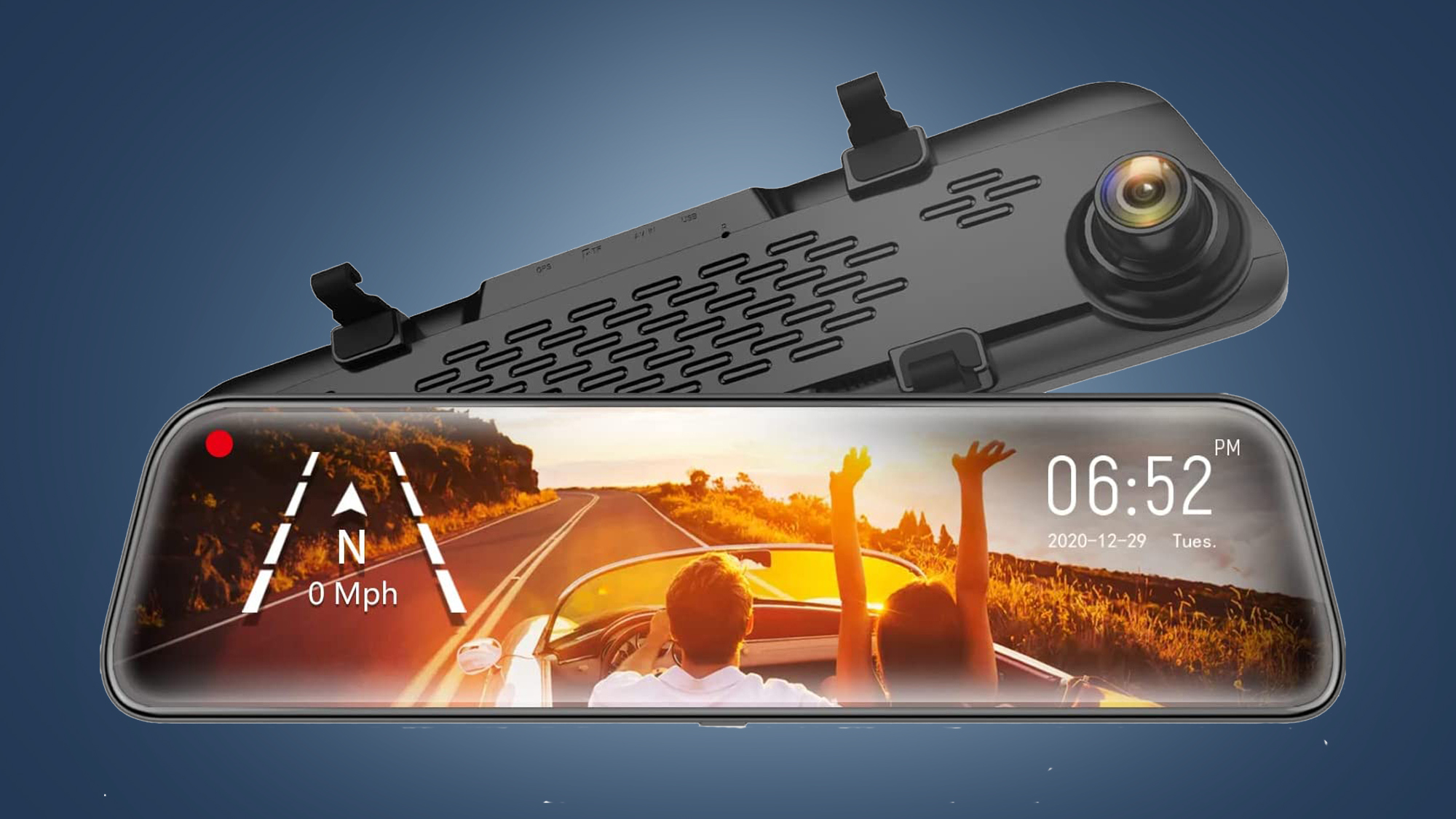
Recording your journeys with an in-car camera is a brilliant way to get a little more peace of mind when you’re out on the road. The best dash cams are now simple to use, feature-packed and offer great video quality. But a clever variation on the theme, mirror dash cams, may also have caught your eye.
Much like traditional third-party dash cams, these are accessories that you can fit yourself, but take the place of your regular rear-view mirror. Or rather, they’re usually mounted directly on top of your existing one. Alongside offering an unimpeded view of what's behind you, the mirror dash cam also contains a built-in camera for recording forward-facing trips.
The range of mirror dash cams is fairly broad, meaning you can find one to suit any kind of budget. As is always the case though, you get a greater selection of features and functionality if you spend that little bit more. But is a mirror dash cam the best choice for you? Or should you keep it simple and stick with a standard dash cam? Our guide's here to help you pick the right in-car safety system for you.
What are the benefits of a mirror dash cam?
While they are more niche and complex than standard dash cams, mirror dash cams do come with a few benefits. The fact that they come with a rear camera as standard makes them particularly suitable for vehicles that have poor (or no) rear visibility.
Because they usually mount to your rear-view mirror, they can also be a more minimalist solution than standard dash cams. Basic dash cams are invariably mount to your windscreen, usually around the rearview mirror, or perhaps lower down between the screen and the dash.
Mirror dash cams, meanwhile, often clip onto your existing rearview mirror. You get all of the recording tech inside the rear-view mirror molding, which sometimes means less bulk and fewer dangling cables.
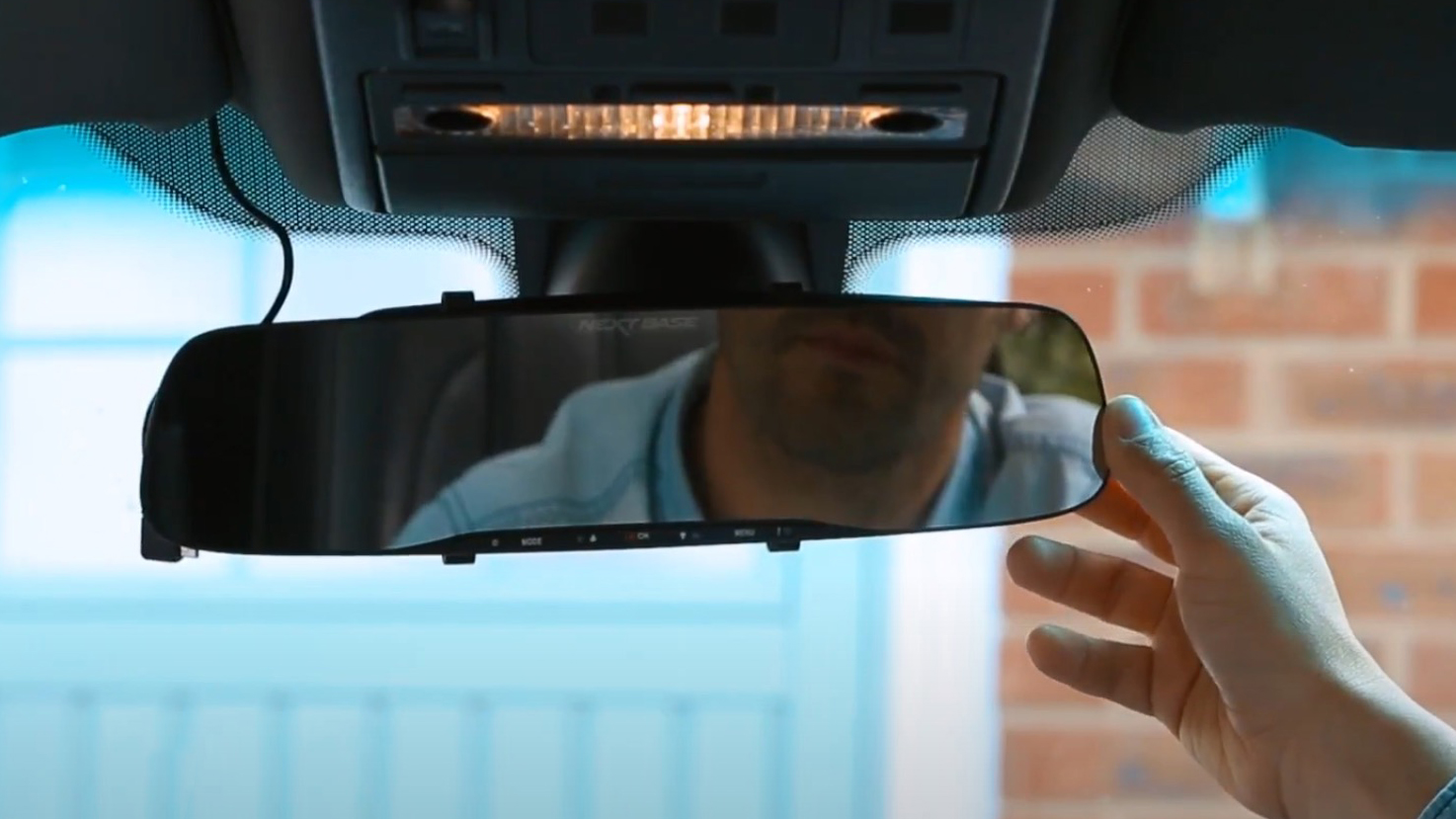
Not only does the mirror dash cam enable you to carry out onboard recording as you drive, most models will also deliver a recorded view of the road behind you and act as a surveillance camera into the bargain.
Sign up for breaking news, reviews, opinion, top tech deals, and more.
On the other hand, a mirror dash cam is less flexible when it comes to mounting options, because it needs to be fixed to your existing rear-view mirror. And installation is usually more complex, because you have to wire up the rear camera all the way from your trunk to the main unit at the front.
Still, in general, the way a dash cam mirror is fixed to the existing rearview mirror should mean it’s less likely to move around in transit. Some regular dash cams can be problematic in that respect, and often shake loose over time.
Most dash cam mirrors are fixed to your mirror using bands or clips, which provides a much more solid way to secure your unit than, say, some of the suction brackets that come with windshield-mounted models.
What should you look for?
The fundamentals of mirror dash cams aren't radically different to standard dash cameras, with both sharing many of the same features and functions.
Look out for a camera with either 2K or 4K resolution ideally, as these will allow you to make out fine details like number plates. A crisp and clear LCD display and touchscreen capabilities are always bonuses too, if your budget allows it. Some models, like the popular Wolfbox Mirror Dash Cam, come with wide dynamic range capability too, which lets it handle very bright or dimly lit scenarios more effectively. A built-in GPS module means more comprehensive data recording, too.
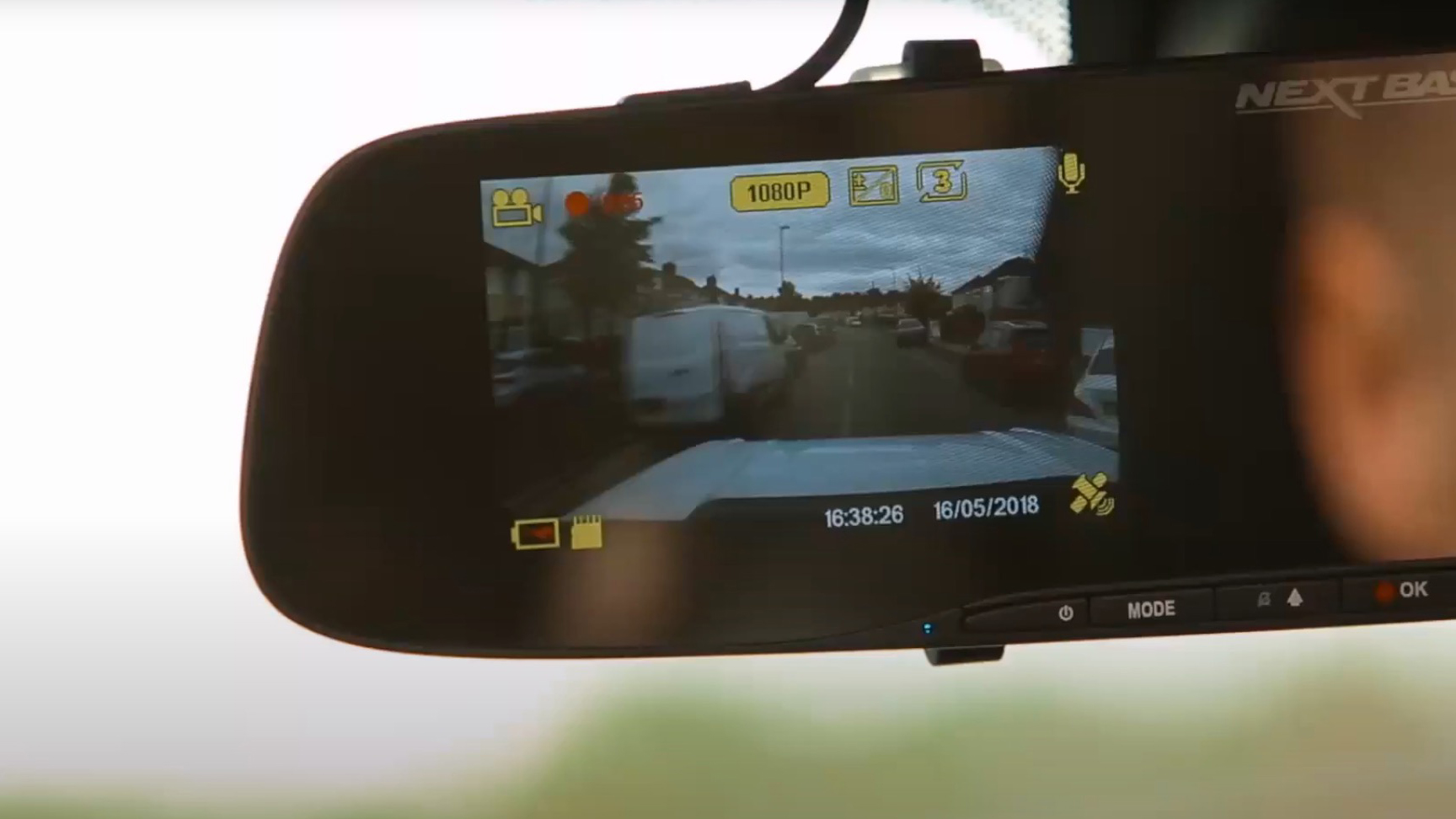
Some of the more expensive models pack in even more features and functions. This may include a split-screen option, for combined front-and-rear views, a wider-angle of vision that's typically between 120 and 170 degrees, a parking monitor, emergency recording in case someone tries to break into your vehicle, as well as night vision.
The latter can be handy for recording intruders. In terms of external features, you’ll want to find a durable case, with a decent size mirror area and, perhaps, waterproofing too if your vehicle is prone to condensation.
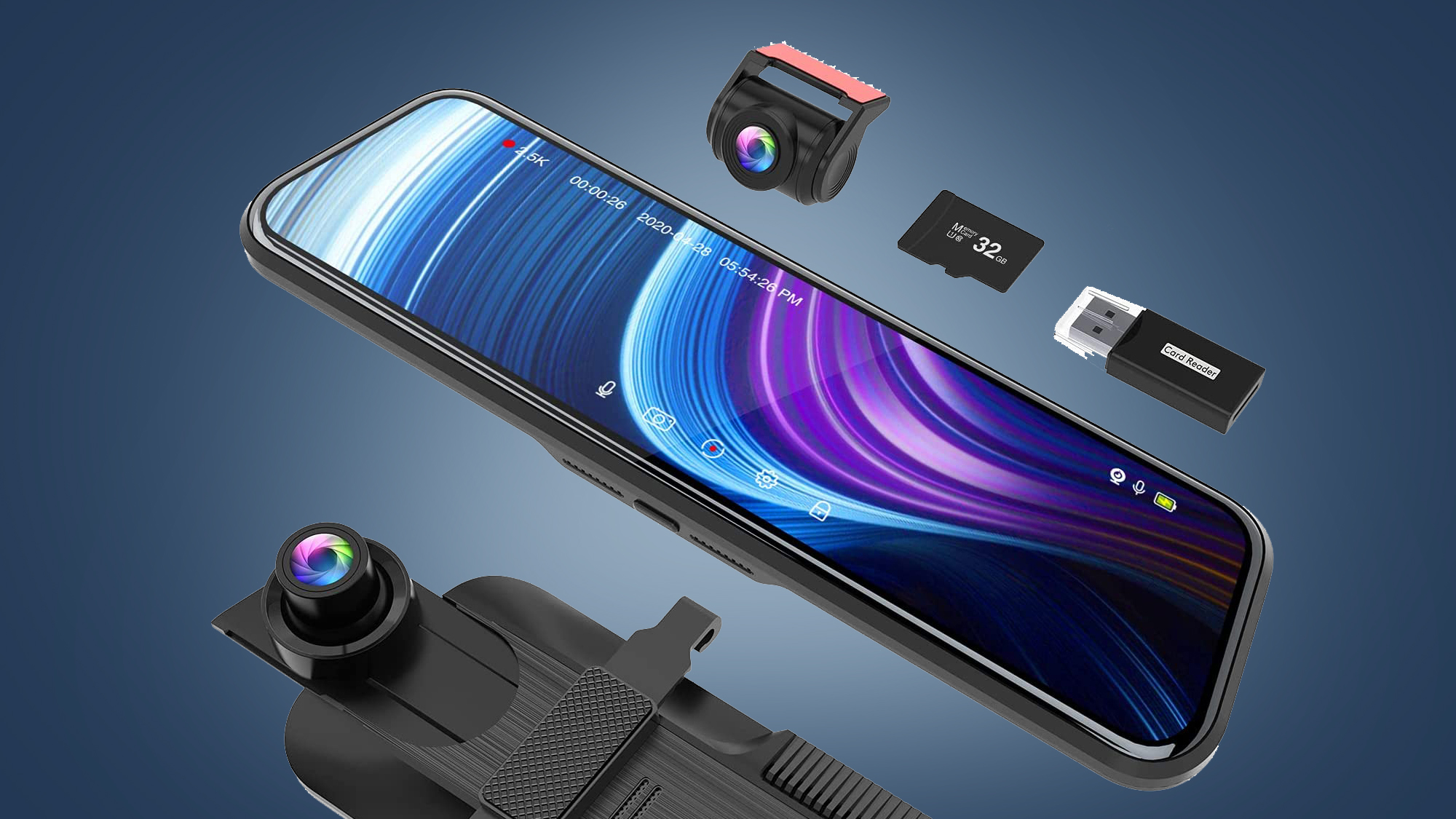
At a minimum, make sure the dash cam mirror includes any necessary installation cables and a decent-sized media card. An optional bonus is the ability to make use of any cloud storage options.
The latter feature is useful if you feel more reassured by having a backup of any journeys stored in a location other than the media in the unit. This is a practical safeguarding measure if you need to come back and inspect any footage at a later date.
What are the downsides of mirror dash cams?
While a mirror dash cam can sounds like a great idea in theory, it won't be the best solution for everyone. Some drivers might not like the way the dash cam is physically attached to the existing rearview mirror. These can feel like a distraction, especially as a few models have information displayed on the mirror itself. If you’re not keen on that idea, it may be best to have a look at the best dash cams instead.
The other issue with a mirror dash cam is that it can add bulk to an area of your car where it is least welcome. Although it works as an integral addition to your existing mirror, as opposed to a standalone dash cam, these units have been specifically designed to fit in the windscreen area, but they can be quite chunky. If you’ve got a small car, say a sports model with a small cockpit and even smaller windscreen, this could be a real drawback. Again, it might be better to look out for the best mini dash cams on the market to use as an alternative.
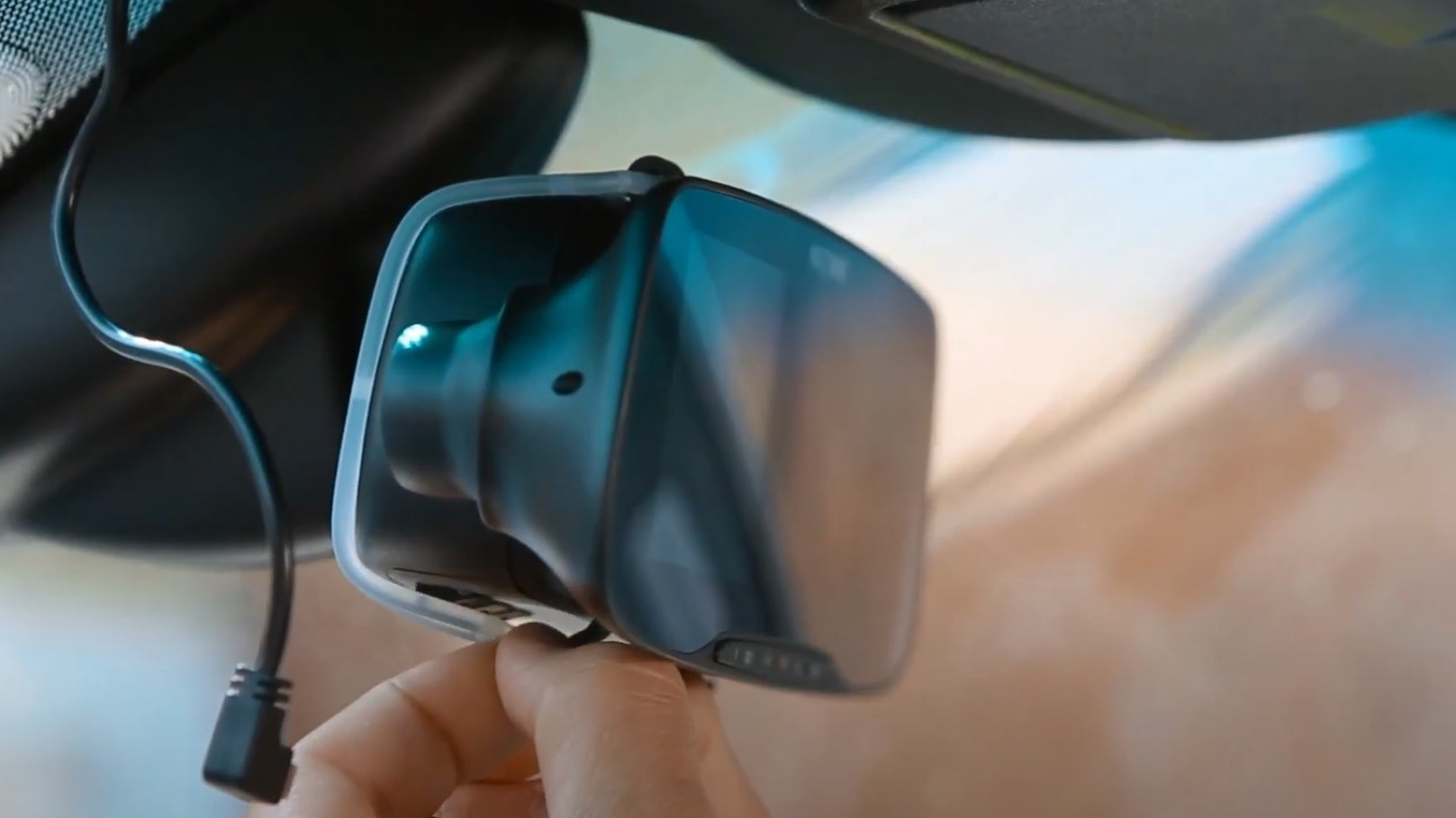
If you just want a basic camera that can record the view of the road ahead as you drive, then a mirror dash cam might also have more features than you need. There’s little point in spending more money on a gadget that might have more features and functionality than you will ever use. If simplicity is your preferred route, a standard dash cam should suffice.
The other thing to consider is price, because while there are some cheaper and largely unknown brands of mirror dash cam out there, you’ll find the bigger, more popular names usually come with a higher price tag. If you’re not bothered about increased functionality, it may therefore be prudent to take another look at a cheap dash cam instead.

Rob Clymo has been a tech journalist for more years than he can actually remember, having started out in the wacky world of print magazines before discovering the power of the internet. Since he's been all-digital he has run the Innovation channel during a few years at Microsoft as well as turning out regular news, reviews, features and other content for the likes of TechRadar, TechRadar Pro, Tom's Guide, Fit&Well, Gizmodo, Shortlist, Automotive Interiors World, Automotive Testing Technology International, Future of Transportation and Electric & Hybrid Vehicle Technology International. In the rare moments he's not working he's usually out and about on one of numerous e-bikes in his collection.